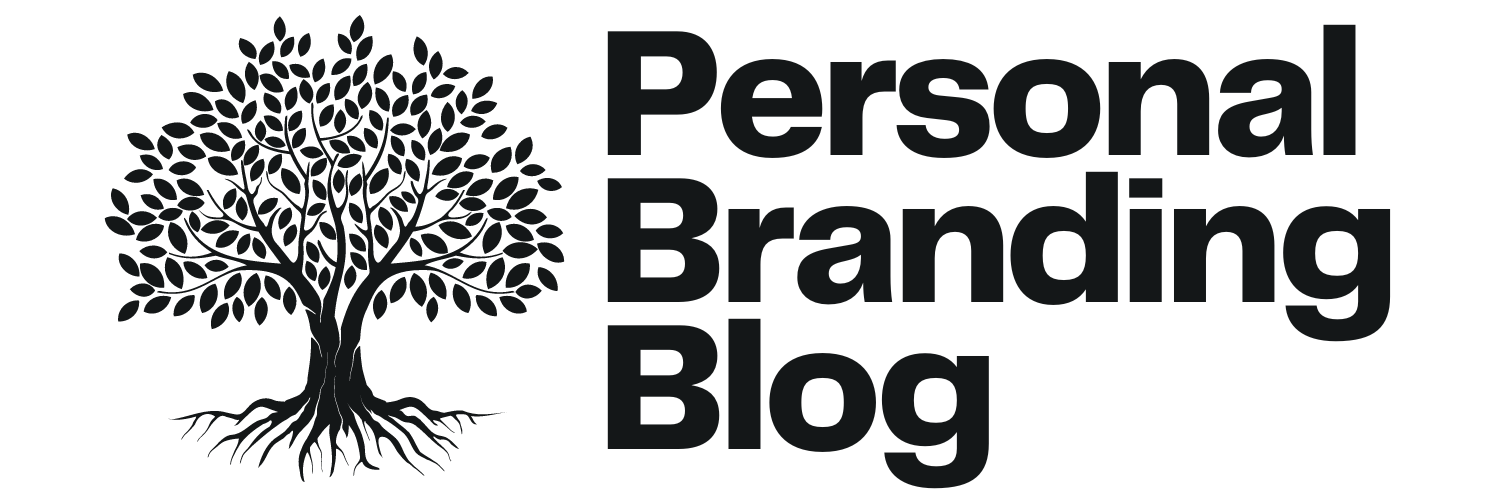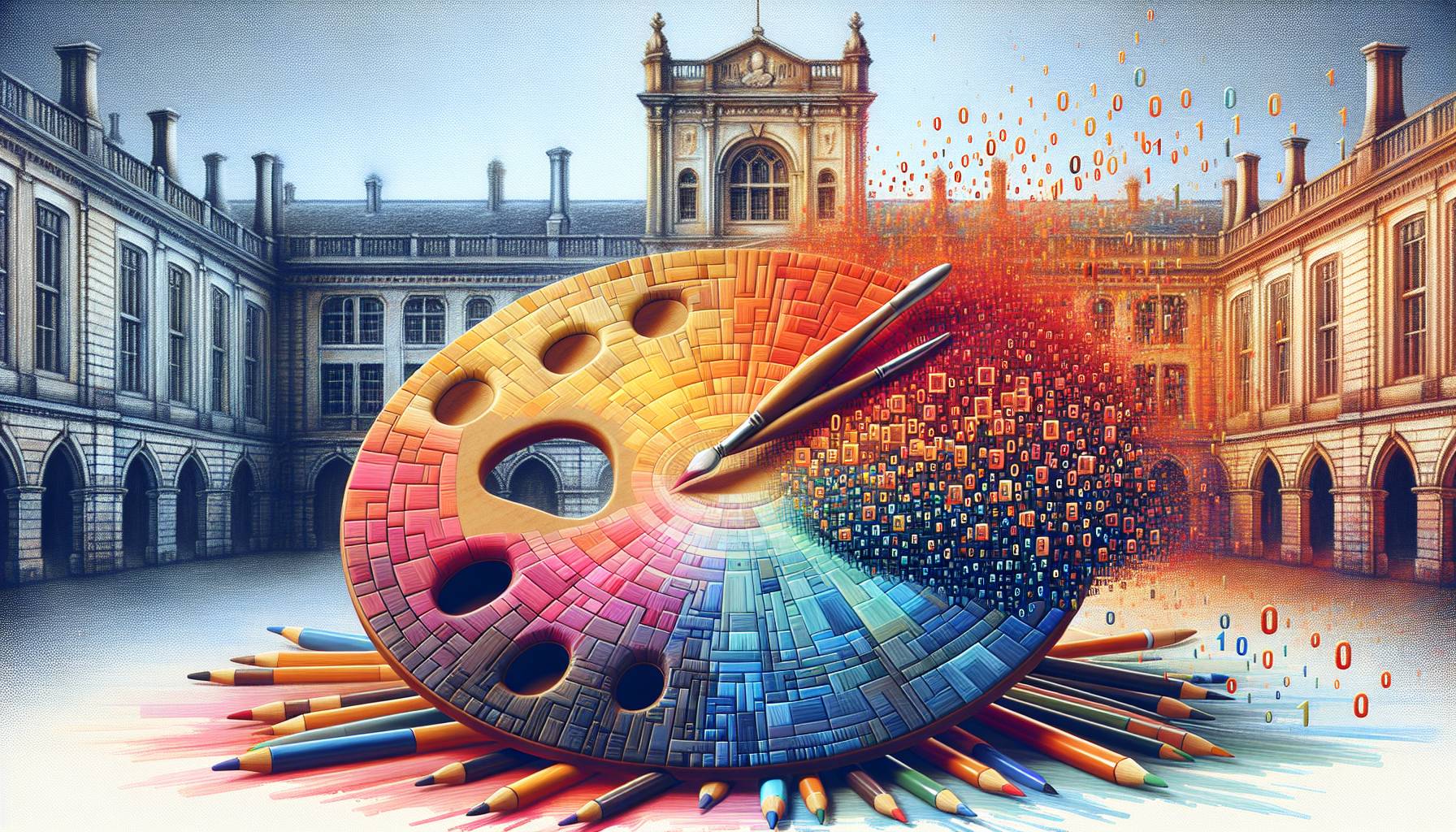Ohio University’s Digital Art + Technology program is a fusion of art and technology. It prepares students for a variety of professions in the digital art industry by equipping them with both theoretical knowledge and practical skills. Apart from coursework, students are also encouraged to participate in seminars, workshops, and collaborative projects for practical experience.
The program focuses on innovation and creativity. The graduates will be well-equipped to work in various sectors such as multimedia, animation, graphic design, and digital marketing. Students receive guidance and mentorship from faculty members who are industry professionals too.
As per Assistant Professor Basil Masri Zada, technology’s advancement offers artists an expanded platform for experimentation and innovation. He asserts that digital technology doesn’t just provide tools but shapes and redefines our understanding of art. However, the pace of technological innovation can be intimidating, demanding artists have an ongoing commitment to learning and adapting.
Encouraging artists to embrace digital art, Basil points out that the intersection of art and technology promises a future where digital tools and artistic vision produce extraordinary art. Despite any challenges, he believes that the artistic use of technology will ensure art’s relevance in the evolving landscape of the 21st century.
The curriculum of the program includes courses such as digital drawing, painting, 2D animation, digital fabrication, and coding.
Fusing digital innovation and art at Ohio University
The program provides a platform for students to engage in peer-to-peer learning and work with industry professionals. Graduates of the program are equipped with skills to excel in careers as illustrators, graphic designers, animators, multimedia artists, game designers, and web designers.
The program introduces students to tools like laser and CNC etching, 3D printing, and complex programming languages. The curriculum aims to strike a balance between theory and hands-on experience and encourages critical thinking and problem-solving skills.
The curriculum includes a wide range of industry-standard software and technology, and study modules on computer coding, website design, cybersecurity, virtual reality, augmented reality, and mixed reality. The course structure is designed to encourage independent learning, creative problem-solving, and innovative application of learned skills.
According to Professor Basil, Artificial Intelligence is starting to play an increasingly crucial role in the art sphere. AI can be a valuable tool for interpreting art and creating intricate art pieces without exhaustive manual labour. He believes that AI should complement human creativity and not replace it.
In the School of Art + Design, educational progression begins with core courses before specialization in Digital Art + Technology. Students start delving into specialized topics such as 3D modeling, animation, and interactive design after completing the core curriculum. Theoretical studies in art history and design theory are integrated to inspire innovative thinking. In-depth explorations, combined with hands-on lab exercises, internship opportunities, and collaborative projects, further enhance their skills, providing them with a well-rounded education in Digital Art + Technology.









